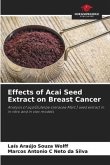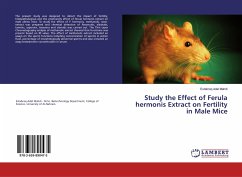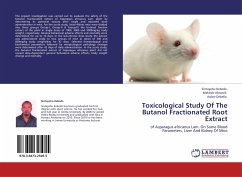Ophtymon plant (Cuscutapentagona) is one of the most famous parasitic plants from the desert ivy family. This annual plant grows in spring and attacks its host plants. The ophitemon plant with yellow-orange veins has no roots and spreads its leaves and needs to be connected to other plants for its survival and reproduction. Recently, it has been shown that its leaves perceive the aromatic substances of the host plant. Once established on the host, its hair-like trunk wraps twice around the host stem and produces sucker-like root stems and penetrates the host tissue and uses the plant's vascular roots to absorb nutrients and water. A recent molecular study shows that two genes of aquaporin and (TRAMP) and cell wall modifying enzyme (LeXTH1) are expressed in tomato in the unsuccessful attack of ophtymon, but their role in the defense mechanism is not clear. Also, the ophitemon plant is relatively hot and dry in nature, and medicinally it has shown good results for nervous diseases,insanity, melancholy, headache, joint pain and cancer. The methanolic extract of ophitemon has an antioxidant function that protects the human body from oxidative damage attributed to free radical.








